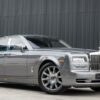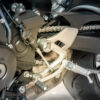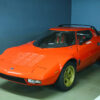When it comes to cars, Europe has a long history of producing some of the most finely crafted vehicles in the world. From luxury sedans to high-performance sports cars, these classics are celebrated for their impeccable precision engineering. In this article, we’ll take a look at 25 iconic European cars that have set the standard for quality, performance, and innovation. Whether you’re a car enthusiast or just curious, these timeless models are sure to impress.
Contents
Porsche 911 (1964-present)

The Porsche 911 is celebrated for its timeless design and engineering excellence. Its rear-engine layout and air-cooled flat-six engine provide exceptional balance and handling, making it a driver’s favorite. With over 60 years of continuous development, the 911’s precision engineering has set the standard for performance sports cars. Its innovative use of lightweight materials, high-revving engines, and superior suspension systems contribute to its legendary status.
Mercedes-Benz 300SL Gullwing (1954-1957)

The Mercedes-Benz 300SL Gullwing was a pioneering sports car, featuring a lightweight tubular space frame and an advanced fuel-injected straight-six engine. Its distinctive gullwing doors and aerodynamic design made it a visual and engineering marvel. With 215 horsepower and a top speed of 161 mph, it was the fastest production car of its time, showcasing German precision in both performance and innovation.
Jaguar E-Type (1961-1975)

The Jaguar E-Type is often considered one of the most beautiful cars ever made, but its precision engineering goes beyond its aesthetics. Equipped with a 3.8-liter straight-six engine and a monocoque chassis, the E-Type was designed for both speed and handling. It achieved a top speed of 150 mph, and its independent rear suspension and disc brakes set new standards for road cars, making it a British engineering icon.
BMW 2002 (1968-1976)

The BMW 2002 is credited with launching the German automaker into the world of precision sports sedans. Its 2.0-liter four-cylinder engine, producing 100 horsepower, combined with lightweight construction, offered drivers an engaging, responsive experience. The 2002 set the foundation for BMW’s reputation for engineering precision, with its near-perfect balance and advanced suspension making it a pioneer in the compact sports car market.
Ferrari 250 GTO (1962-1964)

The Ferrari 250 GTO is one of the most coveted and valuable classic cars, largely due to its precision engineering and racing pedigree. Powered by a 3.0-liter V12 engine, producing 300 horsepower, the 250 GTO was designed for both speed and aerodynamics. Its lightweight chassis and superior handling made it a dominant force on the track, winning multiple championships, while also epitomizing Ferrari’s commitment to high-performance engineering.
Aston Martin DB5 (1963-1965)
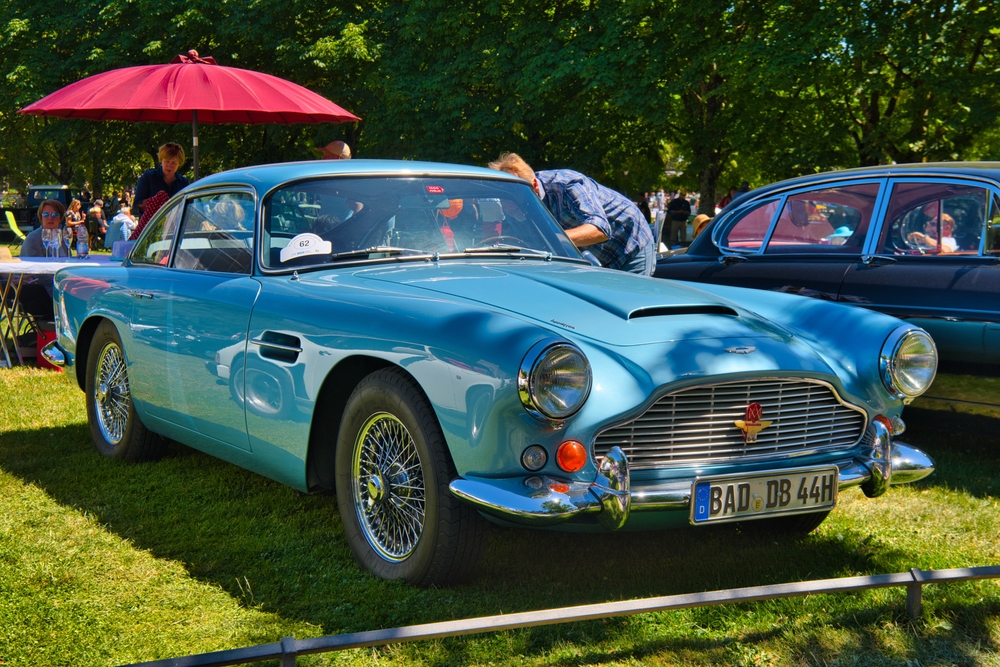
The Aston Martin DB5 gained fame as James Bond’s car of choice, but its engineering precision is equally impressive. Powered by a 4.0-liter straight-six engine, the DB5 produced 282 horsepower and offered advanced features like a ZF five-speed manual transmission. Its luxurious design combined with its superior handling and build quality made it one of the finest examples of British engineering.
Volkswagen Beetle (1938-2003)

The Volkswagen Beetle is known for its simplicity and reliability, with precision engineering that helped it become one of the best-selling cars of all time. Its air-cooled flat-four engine was designed for durability and ease of maintenance, and its lightweight design made it fuel-efficient. The Beetle’s precision engineering ensured longevity, with many examples still running decades after they were built.
Alfa Romeo Giulia Sprint GTA (1965-1971)
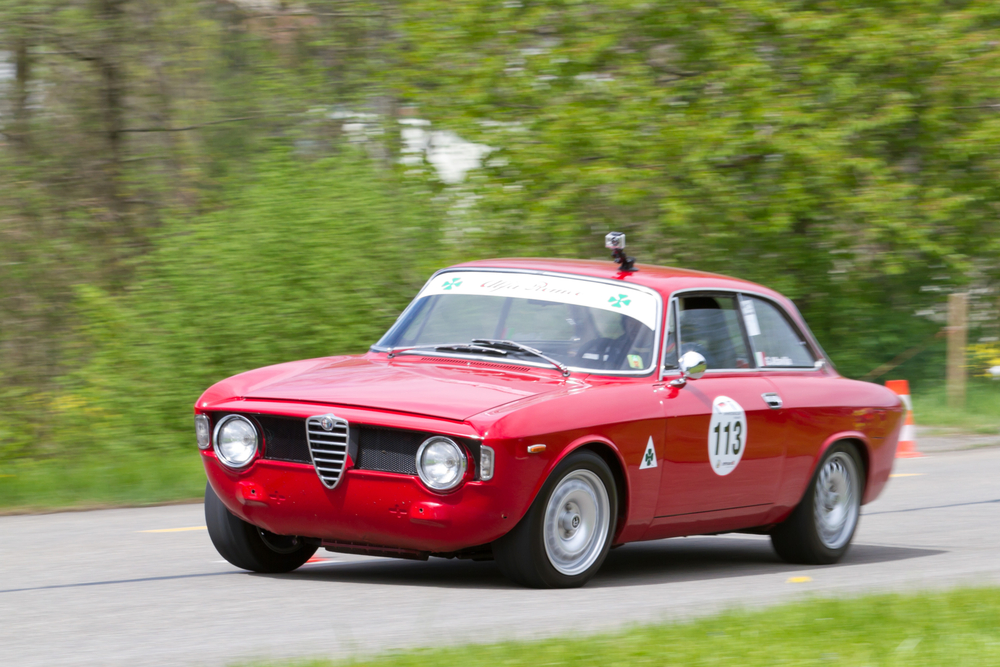
The Alfa Romeo Giulia Sprint GTA was a race-bred version of the Giulia, featuring lightweight aluminum body panels and a powerful 1.6-liter twin-cam engine. With 170 horsepower and a top speed of 137 mph, the GTA became a motorsport legend, known for its precision handling and responsiveness. Alfa Romeo’s engineering excellence made it a favorite among racing enthusiasts and drivers seeking performance and agility.
Citroën DS (1955-1975)

The Citroën DS was a revolutionary car in terms of engineering and design. It featured a hydropneumatic suspension system, offering an unparalleled smooth ride, and introduced power steering, disc brakes, and semi-automatic transmission to the mass market. The DS was a marvel of French engineering, renowned for its innovation and precision in both comfort and handling.
Audi Quattro (1980-1991)
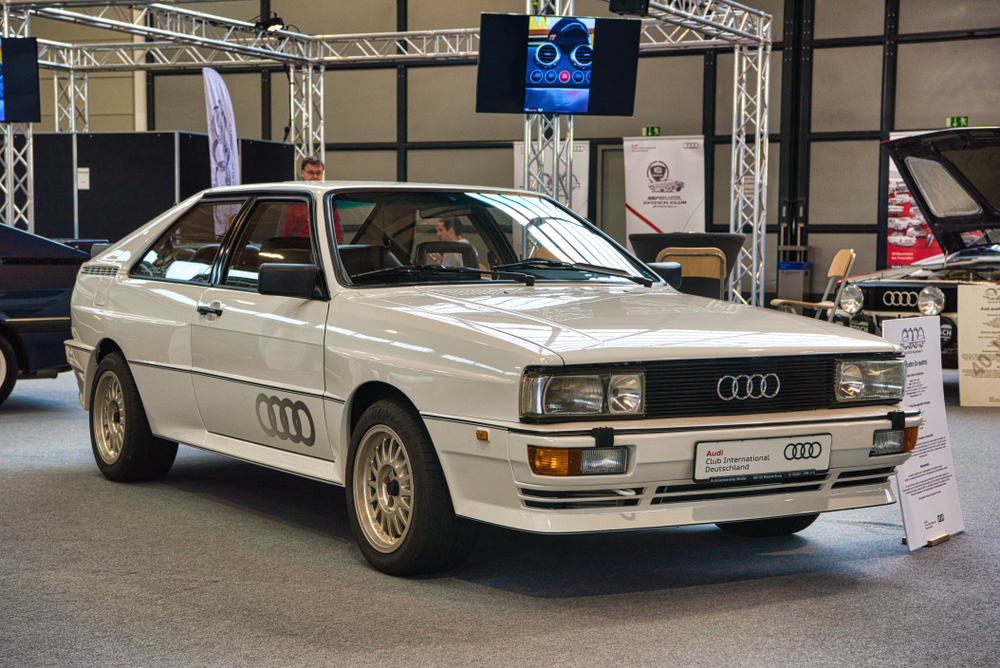
The Audi Quattro changed the game in rally racing and road cars with its precision-engineered all-wheel-drive system. Powered by a turbocharged 2.1-liter five-cylinder engine, the Quattro delivered 197 horsepower and revolutionized handling in all conditions. Its precise engineering allowed for exceptional grip and performance, making it one of the most influential sports cars of the 1980s.
Lancia Stratos (1973-1978)

The Lancia Stratos was built specifically for rally racing, and its precision engineering made it one of the most successful rally cars of its time. Powered by a 2.4-liter Ferrari V6 engine, producing 190 horsepower, the Stratos was incredibly lightweight and agile. Its mid-engine layout and short wheelbase provided unmatched handling and performance, earning Lancia multiple World Rally Championship titles.
Volvo P1800 (1961-1973)

The Volvo P1800 combined Swedish engineering with sleek European design. Powered by a reliable 1.8-liter four-cylinder engine, the P1800 was known for its durability and precision craftsmanship. Its reputation for reliability, along with its comfortable ride and solid handling, made it a standout in the classic European sports car market, and many models are still on the road today.
Rolls-Royce Silver Shadow (1965-1980)

The Rolls-Royce Silver Shadow set new standards for luxury and precision engineering. It featured a 6.2-liter V8 engine, and its advanced self-leveling hydraulic suspension system ensured a smooth, quiet ride. The Silver Shadow was meticulously built, with each car taking months to assemble, making it a prime example of Rolls-Royce’s commitment to perfection in both engineering and craftsmanship.
Peugeot 205 GTI (1984-1994)

The Peugeot 205 GTI became an icon in the hot hatch segment, known for its precise handling and powerful performance. Powered by a 1.9-liter inline-four engine, producing 130 horsepower, the 205 GTI was lightweight, responsive, and a joy to drive. Its engineering precision allowed for nimble handling, making it a favorite among driving enthusiasts.
Renault Alpine A110 (1961-1977)

The Renault Alpine A110 was a lightweight, rear-engine sports car designed for rally success. Powered by a 1.6-liter engine, the A110 was known for its superb handling and agility, thanks to its precise weight distribution and suspension tuning. Its engineering allowed it to dominate rally competitions in the 1970s, cementing its place as one of the finest examples of precision engineering in European motorsport history.
Bentley S1 Continental (1955-1959)

The Bentley S1 Continental was a luxury grand tourer known for its precision engineering and attention to detail. Powered by a 4.9-liter straight-six engine, the S1 Continental delivered smooth, effortless power. Its aerodynamic body and advanced suspension made it not only luxurious but also capable of high-speed travel, showcasing Bentley’s commitment to both performance and craftsmanship.
Saab 900 Turbo (1978-1993)

The Saab 900 Turbo was one of the first mainstream cars to feature turbocharging, offering both performance and practicality. Its 2.0-liter turbocharged engine provided 143 horsepower, and Saab’s precise engineering ensured excellent handling and safety. The 900 Turbo became a favorite among drivers seeking a car with innovative technology and unique design.
Maserati Ghibli (1967-1973)

The Maserati Ghibli was a grand tourer designed for speed and style, powered by a 4.7-liter V8 engine that produced 330 horsepower. Its sleek design and powerful performance made it a standout, while its engineering precision allowed it to handle like a true sports car. The Ghibli’s ability to balance luxury and high performance made it a symbol of Italian engineering excellence.
Lamborghini Miura (1966-1973)

The Lamborghini Miura is often credited with creating the template for modern supercars, with its mid-engine layout and stunning design. Powered by a 4.0-liter V12 engine, producing 370 horsepower, the Miura was capable of speeds over 170 mph. Its precise handling and innovative engineering made it a revolutionary car in both design and performance.
Lotus Esprit (1976-2004)

The Lotus Esprit was known for its lightweight construction and precise handling, thanks to its fiberglass body and mid-engine layout. Powered by a variety of engines over its production run, including a turbocharged 2.2-liter four-cylinder, the Esprit delivered impressive performance. Its engineering excellence made it one of the most agile and responsive sports cars of its era.
Fiat 500 (1957-1975)

The Fiat 500 was a small, efficient city car, known for its simplicity and precision engineering. Powered by a tiny 479cc two-cylinder engine, the 500 was incredibly lightweight and easy to maneuver. Its precise design made it both affordable and practical, cementing its status as one of the most iconic cars in European automotive history.
Mini Cooper (1959-2000)

The Mini Cooper was a compact car that revolutionized small car design with its transverse-engine, front-wheel-drive layout. Its precise engineering allowed for excellent handling and space efficiency, making it a favorite on the track and the road. Powered by a 1.3-liter engine, the Mini Cooper became an icon of British automotive design and a symbol of precision in compact car engineering.
Bugatti Type 57 Atlantic (1936-1938)

The Bugatti Type 57 Atlantic is one of the rarest and most valuable classic cars, known for its stunning design and advanced engineering. Powered by a 3.3-liter straight-eight engine, the Type 57 Atlantic was built for speed and elegance. Its lightweight aluminum body and precision engineering made it a masterpiece of French automotive craftsmanship.
Rover P5B (1967-1973)

The Rover P5B was a luxurious British sedan powered by a 3.5-liter V8 engine, providing smooth and refined performance. Its precision engineering made it a favorite among government officials, including British Prime Ministers. The P5B combined comfort, performance, and durability, making it a standout in the world of classic European luxury cars.
De Tomaso Pantera (1971-1992)

The De Tomaso Pantera was an Italian-American collaboration that combined Italian design with American muscle. Powered by a Ford 5.8-liter V8 engine, the Pantera produced 330 horsepower and offered blistering performance. Its precise engineering, with a mid-engine layout and lightweight construction, made it a formidable sports car that rivaled European supercars of its era.
This article originally appeared in MyCarMakesNoise.
More from MyCarMakesNoise
9 Groundbreaking Satellites That Changed Space Communication

Satellites have revolutionized the way we communicate, transforming everything from television broadcasts to global internet access. Over the years, key advancements in satellite technology have reshaped how information is transmitted across the world and beyond. Read More
20 Cars with Advanced Safety Features for New Drivers

Choosing the right car for new drivers can be a daunting task, especially when safety is a top priority. With advanced safety features becoming more common, there are plenty of options to help keep young drivers safe on the road. Read More
19 Hidden Car Features You Didn’t Know You Had

Cars today are packed with more features than ever, but some of the most useful ones often go unnoticed. From small conveniences to hidden safety tools, there are plenty of surprises in your vehicle that you might not be aware of. Read More





